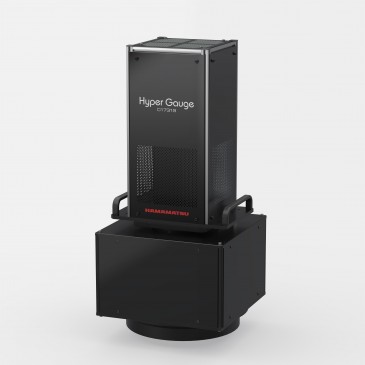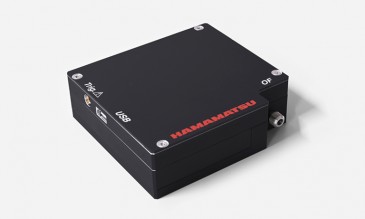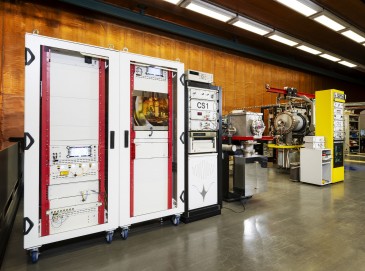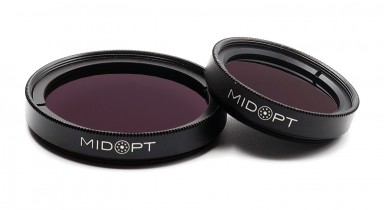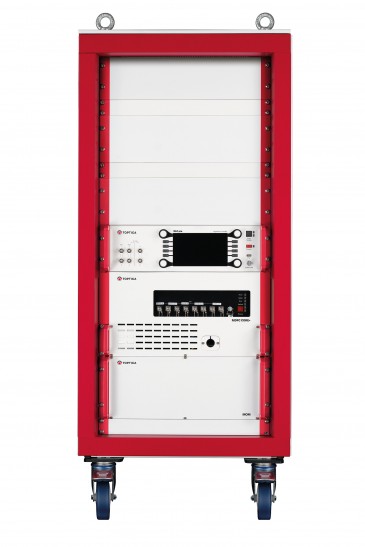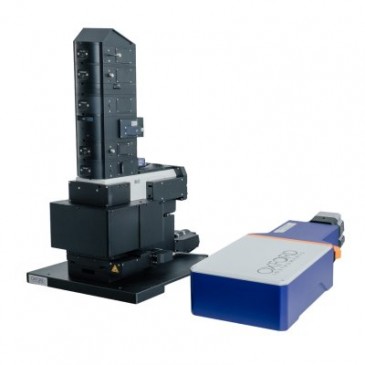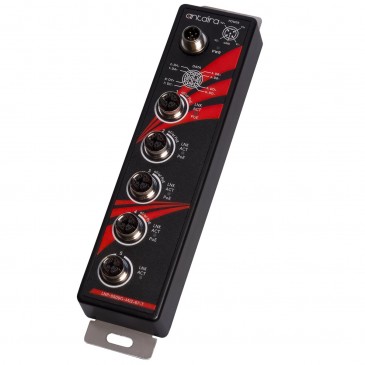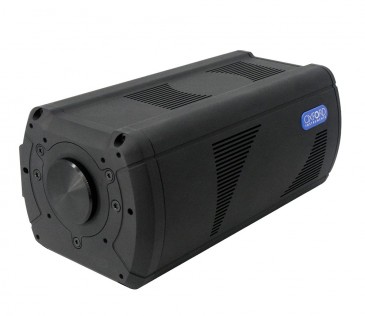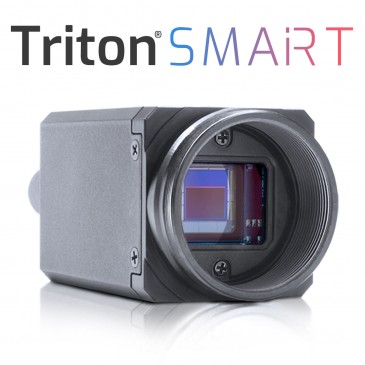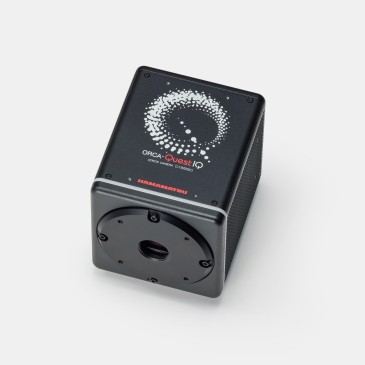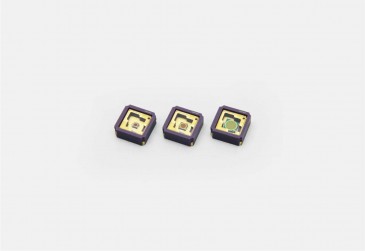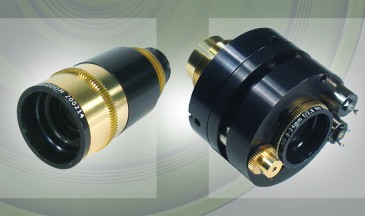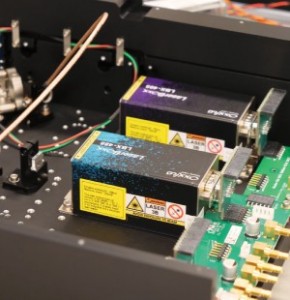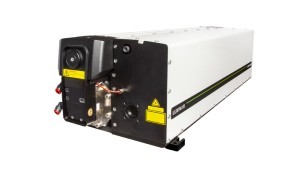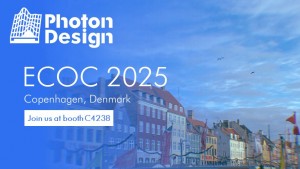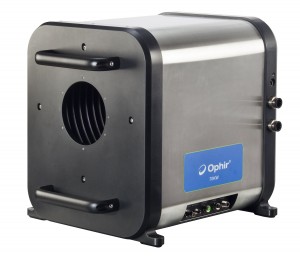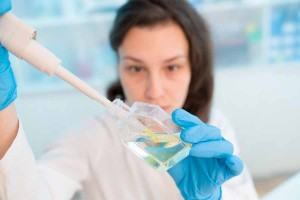
Clean water is a lab staple. It is the most commonly used solvent in any laboratory environment and therefore the quality of that water is critical for experiments and core processes. Point-of-use purifiers are now 75% of an approximately $480 million global market for ultrapure lab water. These systems use a combination of technologies, including distillation, reverse osmosis, ultrafiltration, deionization and UV disinfection for creation of Type 1, 2 and 3 water and range from large, centralized systems to small, bench-top polishing units.
Traditionally, these systems have used mercury lamps to supply UVC energy for disinfection. Now, deep ultraviolet (UVC) LEDs are emerging as a viable technology that offers a compact, energy efficient, green alternative. Since this is not a simple plug-and-play replacement for lamp-based systems, new ways to calculate the required power output are necessary. By understanding the impact of the LED spectral emission on microbe action spectra, engineers can develop next-generation solutions to consistently produce premium-grade lab water.
UVC LEDs provide optimal germicidal wavelengths
In UV disinfection, light in the range of 250 nm - 280 nm is most effective at inactivating the DNA of microorganisms. Lab water system designers have typically relied on low-pressure mercury arc lamps to access this germicidal range, which emit a single output at 253.7 nm. Figure 1 shows that the low-pressure mercury lamp emission line intersects the typical DNA absorption curve below the peak absorption. Although this is not the optimum germicidal wavelength, there is sufficient emission for DNA inactivation.
 Light Source Comparison.png; Caption: Spectral comparison of low pressure mercury lamp versus LED in relation to typical DNA absorption curve.
Light Source Comparison.png; Caption: Spectral comparison of low pressure mercury lamp versus LED in relation to typical DNA absorption curve.
The continuous spectral emission of the UVC LED delivers more overlap of the most critical wavelengths for disinfection, making it a more efficient UVC energy source for these systems. However, these differences in emission spectra require a new methodology to account for disinfection effectiveness.
Determining the germicidal power of UVC LEDs
R&D engineers and product designers evaluating UVC LEDs need a systematic approach to specifying and comparing useful disinfection power output. In the same way that lumens, the total quantity of visible light emitted by a source, provide a universal measure of brightness, the most useful specification for disinfection applications is based on identifying the power output useful for inactivating pathogens. This is known as the germicidal power.
The most accurate method to specify germicidal power requires first knowing the specific pathogen to be inactivated and then determining its action spectrum (i.e., the pathogen’s unique profile of sensitivity by wavelength). The cross product of this spectra with the emission spectra of the particular UV source determines its germicidal power.
Differences in wavelength susceptibility
While the susceptibility of a pathogen to UVC energy varies, the peak UVC energy absorption is generally understood to be somewhere in the 265-270 nm range. Figure 2 shows the action spectra for three common target or challenge pathogens used in the design of water disinfection systems.
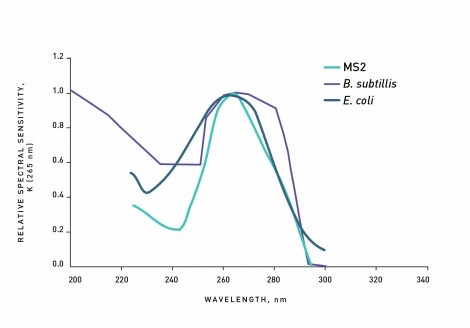
Action spectra of common target/challenge microbes in water disinfection. The action spectrum of B. Subtillis as defined by the ÖNORM Standard; E. coli as outlined in A review of UV lamps by Henk F. J. I. Giller, in WEF 2000; and MS2 as found in This Way Forward: Addressing Action Spectra Bias Concerns In Medium Pressure UV Reactors, Bryan Townsend, et al.
Although these pathogens all present peak absorption at roughly 265 nm, there is variation in the sensitivity to discrete wavelengths. Table 1 illustrates this difference in wavelength susceptibility based on their spectral sensitivity. By multiplying the emission of UVC diodes by the weighting, R&D engineers can determine the power output in terms of the power available for disinfection of the specific pathogen (i.e., the germicidal power of the light source).
|
Wavelength |
Weighting for B. subtillis |
Weighting for E. coli |
Weighting for MS2 |
|
250 nm |
0.62 |
0.80 |
0.58 |
|
253.7 nm |
0.82 |
0.85 |
0.77 |
|
260 nm |
0.98 |
0.95 |
0.98 |
|
265 nm |
1.00 |
1.00 |
1.00 |
|
270 nm |
0.99 |
0.90 |
0.88 |
|
275 nm |
0.96 |
0.80 |
0.79 |
|
280 nm |
0.91 |
0.60 |
0.67 |
|
285 nm |
0.70 |
0.40 |
0.59 |
Application of germicidal power for commercial production
As market adoption for UVC LEDs grows, the number of providers is also increasing. This presents more choices for OEMs, but also highlights variation in manufacturers’ product specifications. Throughout product development or design it may be the engineer’s preference to observe the spectra of discrete LEDs to benchmark optimum performance criteria. However, high volume manufacturers are requesting a more systematic approach for specification of germicidal output power. This approach of convolution (normalizing LED output in terms of germicidal power) has that desired effect. While complex microbiological systems offer no single approach that fits all needs, this is a step forward in simplification that allows the engineer to create sustainable designs for manufacturability.
High-performance UVC LEDs allow manufacturers to migrate from mercury lamps to solid-state solutions. Testing of UVC LED-based systems have confirmed germicidal efficacy of more than 99.99%, leaving little doubt that these compact, durable energy sources are a legitimate alternative to incumbent low-pressure mercury lamp-based systems.
Lab water system innovators recognize UVC LEDs as a viable solution for developing environmentally friendly, cost effective systems without sacrificing lab water water quality.
Written by Mark Pizzuto, Director of Product Management—Disinfection, Crystal IS.

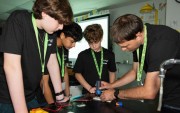




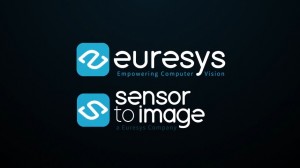
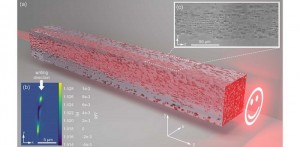
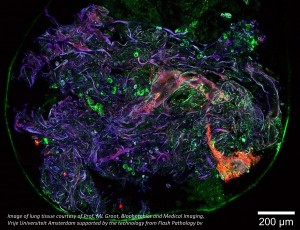

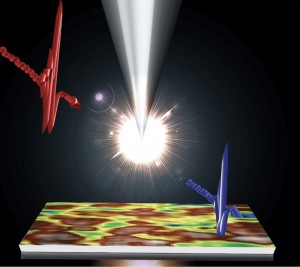
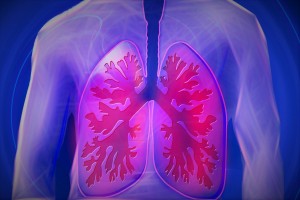
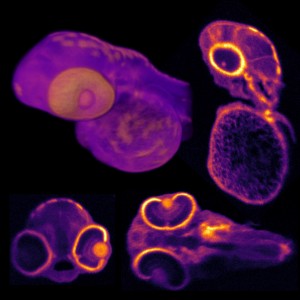
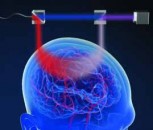
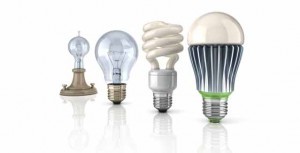
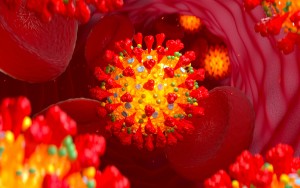















 Back to Features
Back to Features